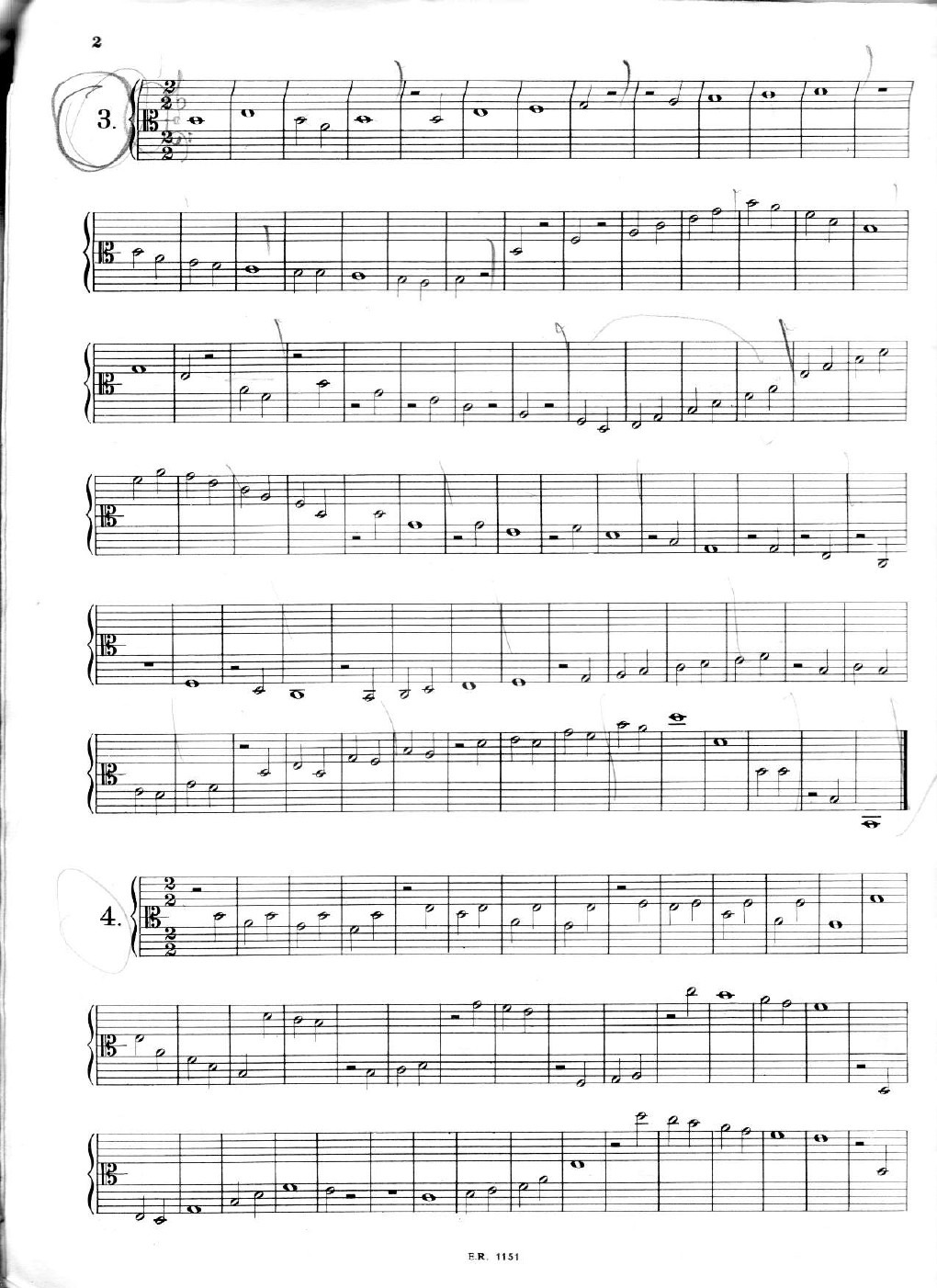

Leonardo Leo, Solfeggi a voce sola di soprano 175 8.4/Ex. Pasquale Cafaro, Solfeggi a voce sola di soprano 173 8.3/Ex. Pasquale Cafaro, Solfeggi a voce sola di soprano 172 8.2/Ex.
_.gif)
Carlo Cotumacci, Principij e Solfeggi, c. 1755Ĩ.1/Ex. Niccolò Porpora, Solfeggi di Soprano 147 7.4/Ex. Niccolò Zingarelli, Solfeggi 140 7.2/Ex. Epilogue: Alternative Systems and the End of the Great Traditionįigures 2.1. T H E S O L F E G G IO R E P E RT O RY: T Y P E S, ST Y L E S, A N D G E N R E S 10. Learning la-sol-fa-mi, with Some Hints on Musical Grammar Solmization Solutions Appendix: Ambiguities, Complexities, and Supplementary GuidelinesĨ. T H E O RY A N D P R AC T IC E : L E S S O N S I N T H E A RT O F M E L O DY 6. Eighteenth-Century Plainchant-For Beginners Sepperl’s Story: A Case Study in Music and Social MobilityĤ. C O N T E X T: A P P R E N T IC E SH I P, P L A I N C HA N T, A N D T H E RU D I M E N T S 2. B4 2020 (print) | LCC MT44 (ebook) | DDC 782.04/2-dc23 LC record available at LC ebook record available at 1 3 5 7 9 8 6 4 2 Printed by Integrated Books International, United States of AmericaĬontents List of Figures Acknowledgments Glossary of Technical Terms | Music-Instruction and study-History-18th century. | Includes bibliographical references and index. Description: New York : Oxford University Press, 2020. Title: The solfeggio tradition : a forgotten art of melody in the long eighteenth century / Nicholas Baragwanath. Library of Congress Cataloging-in-Publication Data Names: Baragwanath, Nicholas, author. You must not circulate this work in any other form and you must impose this same condition on any acquirer. Inquiries concerning reproduction outside the scope of the above should be sent to the Rights Department, Oxford University Press, at the address above. No part of this publication may be reproduced, stored in a retrieval system, or transmitted, in any form or by any means, without the prior permission in writing of Oxford University Press, or as expressly permitted by law, by license, or under terms agreed with the appropriate reproduction rights organization. © Oxford University Press 2020 All rights reserved. Published in the United States of America by Oxford University Press 198 Madison Avenue, New York, NY 10016, United States of America. Oxford is a registered trade mark of Oxford University Press in the UK and certain other countries. It furthers the University’s objective of excellence in research, scholarship, and education by publishing worldwide. The Solfeggio Tradition A Forgotten Art of Melody in the Long Eighteenth Century N IC HO L A S BA R AG WA NAT Hģ Oxford University Press is a department of the University of Oxford. Epilogue: Alternative Systems and the End of the Great Tradition THE SOLFEGGIO REPERTORY: TYPES, STYLES, AND GENRESġ4. Learning la-sol-fa-mi, with Some Hints on Musical Grammar THEORY AND PRACTICE: LESSONS IN THE ART OF MELODYĨ. Eighteenth-Century Plainchant- For Beginners Sepperl’s Story: A Case Study in Music and Social MobilityĤ. CONTEXT: APPRENTICESHIP, PLAINCHANT, AND THE RUDIMENTSĢ. The sequences gradually get more difficult in terms of intervals and rhythms used.I. The technique of solfège involves assigning the notes of a scale a particular syllable, and then practicing by singing different note sequences using these syllables. Solfège is a form of solmization, and the two terms are sometimes used interchangeably. Solfège study also improves recognition of musical intervals (perfect fifths, minor sixths, etc.), and strengthens the understanding of music theory. The study of solfège enables the musician to audiate, or mentally hear, the pitches of a piece of music which he or she is seeing for the first time and then to sing them aloud. Many music education methods use solfège to teach pitch and sight-reading, most notably the Kodály Method. Solfège is taught at every level of music education, from primary through graduate level university study. Solfège In music, solfège (French pronunciation: ), solfeggio (Italian pronunciation: ) or solfeo (Spanish pronunciation: ) (also called sol-fa, solfedge, or solfa) is a music education method used to teach pitch and sight singing.


 0 kommentar(er)
0 kommentar(er)
